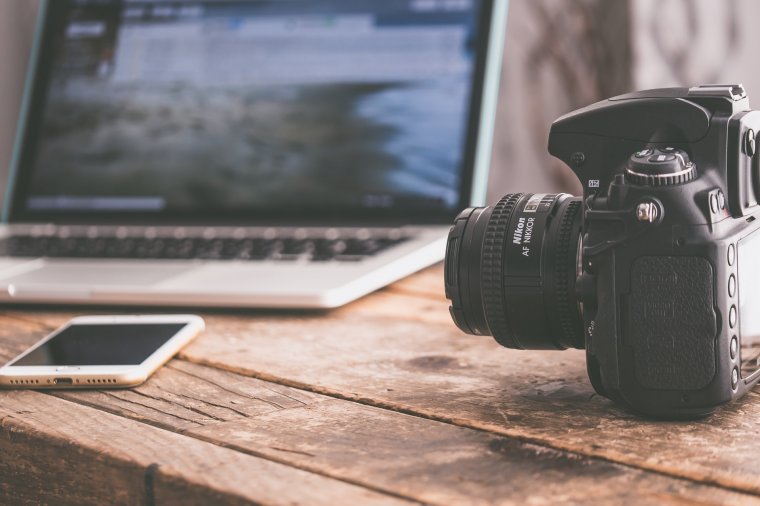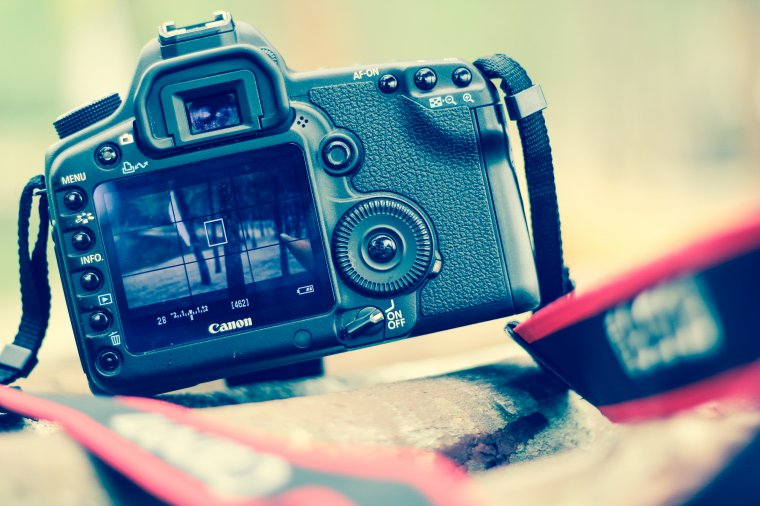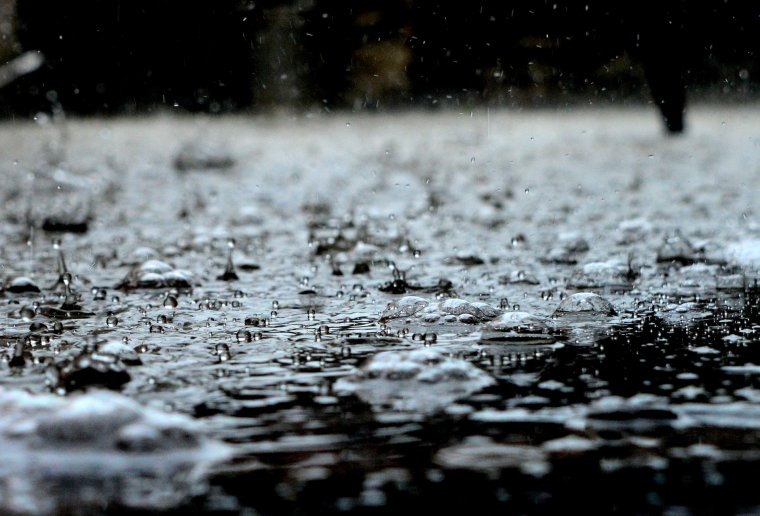
This is a question that if you ask most photographers today, they might not be able to give you a straight answer. A lot of us see our DSLR camera for its face value and don’t invest enough time to learn about the other little things encompassed in our camera. A DSLR camera can be seen as more than just a camera, it can also be considered an extra set of eyes or your next best friend depending on how you use it in your day to day commute. Many of us, before even actually using the camera, get intimidated by all the buttons and dials. Not because there are so many, but you’re afraid you push the wrong one and then mess with something you shouldn’t. However, that’s actually the best thing to do because you slowly get an understanding as to how each button works and how to maneuver yourself through each. In this article, I will be sharing a few tips as to how you can become a bit more familiar with your next best friend.
Just like a new iPhone or Android, you often find yourself exploring your settings and all the cool features on the phone before you even start to download apps. Well, the same idea could be applied to a DSLR camera, well, without all the apps. A camera often comes with a bunch of hidden features that the manufacturers don’t tell you in the manual if you actually read it. This then leaves us to practically dig for gold which you’re often guaranteed to find. Each photographer has a different style of shooting or even editing and as a result, are entitled to mess with certain in camera settings to get the desired look they’re looking for. Exploring your in-camera settings allow you to find your niche and helps to establish what it is you like and don’t like the outcome of your images. With that said, don’t be afraid to push a few buttons and see what happens, you might just figure out something new to share with a next photographer. Trial and error have been the way of learning new things for decades so don’t stop now.

From the jump, we often notice or DSLR cameras have different modes and these modes are essentially there to help make your life easier as a photographer or beginner. However, these camera modes don’t always give you the best result or the picture you’re looking for. You often still have to tweak a few other settings in a camera just to get the desired photo you’re looking for. These preset modes are often set for best case scenario environments and can fail you miserably if you’re stuck in a worst case situation. For example, most photographers shoot in manual mode to have full control over the settings and outcome of their images, while others simply leave the camera on auto or portrait mode to get what they’re looking for. However, you will find that the image taken by the photographer in manual mode is a bit better than the one taken in auto or portrait mode for many reasons. Auto is not always ideal for every situation like low light photography and as a result, you will see the need to explore and establish other shooting options. So don’t be afraid to turn that dial and see what your camera has to offer when putting in worst and best case scenarios.

This is not something often discussed amongst beginners or even experienced photographers but it is something really important. It’s always great to have an idea as to how your camera performs in different environments along with mother nature. The weather outside won’t always be perfect for shooting but that doesn’t mean the show cannot go on. Most DSLR and even mirrorless cameras are made to withstand things like rain, snow, sand and other elements this world may throw at us but only to an extent. Therefore this doesn’t mean that your camera is water resistant or can spend a whole day in a snowstorm. This only indicates as to the amount of each element it can handle. So if you find yourself in a spot where the rain is drizzling really light and you see an amazing shot, in that case, you are pretty safe and free to take your shot. However, if its pouring and your camera are not protected by any form of accessory or bag then I would best advise you get to somewhere dry and warm before you need a new camera. Knowing the limits and boundaries of your camera helps us not only to exploit them but to use them to our advantage as well and get more creative.

Your best friend is always willing to try new things with you even if they may seem stupid. Your camera can be your next best friend if you allow it to be as you learn more about its capabilities. Always remember your DSLR could be considered an extension of your eyes through a creative sense and open the doors to many cool things. Thank you for stopping by and I hope you get to know your new best friend a bit more!
Comments (0)
There are no comments yet.